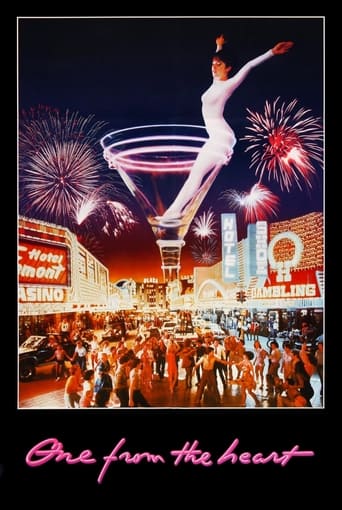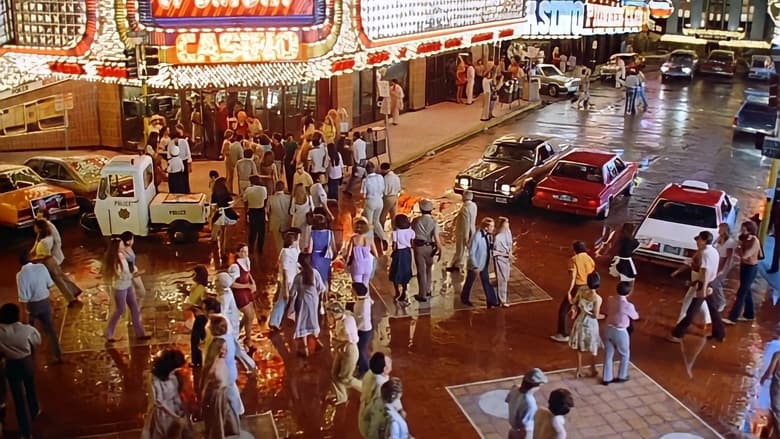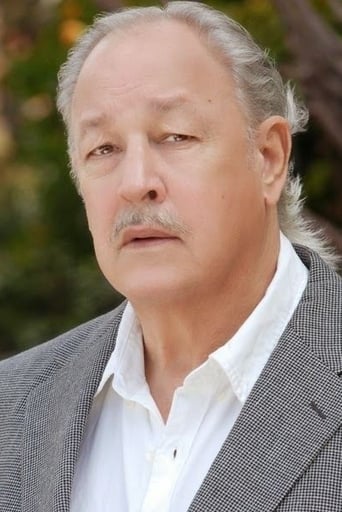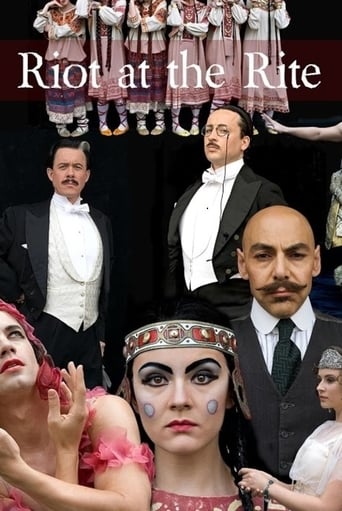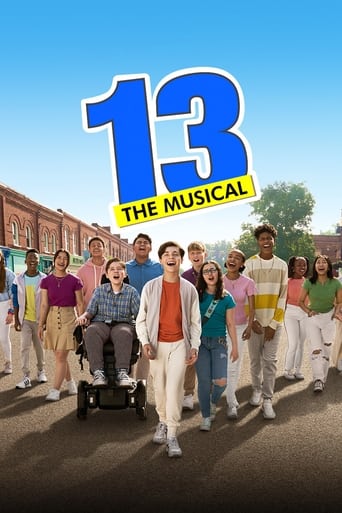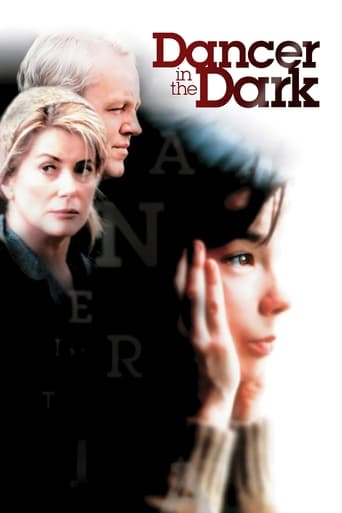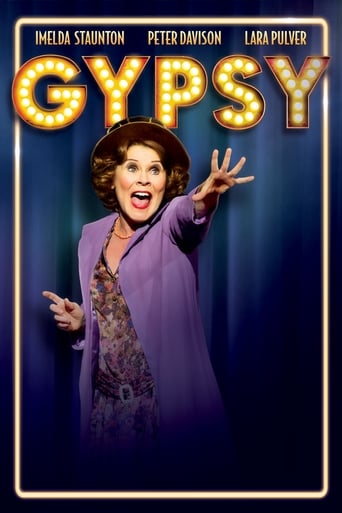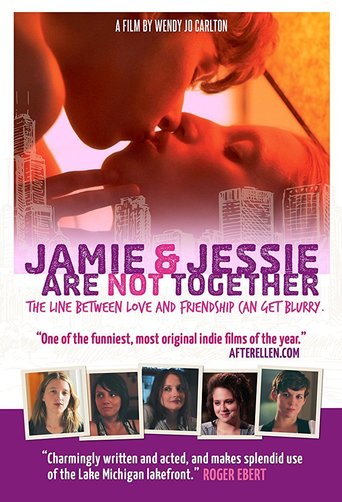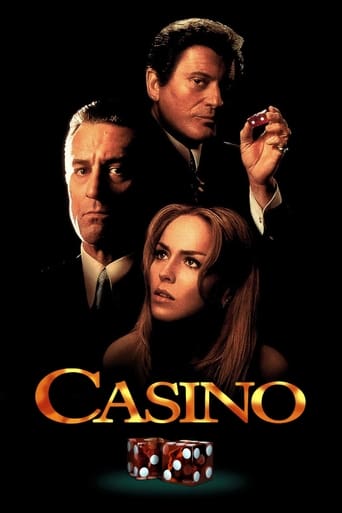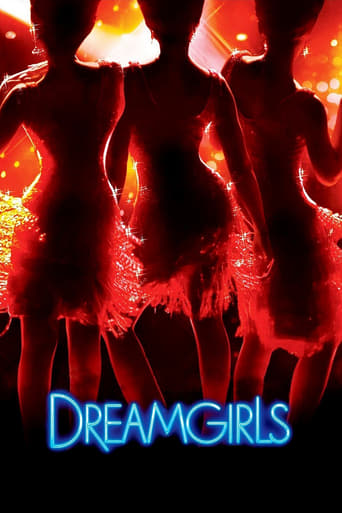One from the Heart (2024)
Hank and Frannie don't seem to be able to live together anymore. After a five-year relationship, lustful and dreamy Frannie leaves down-to-earth Hank on the anniversary of their relationship. Each one of them meets their dream mate, but as bright as they may seem, they are but a stage of lights and colors. Will true love prevail over a seemingly glamorous passion?
Watch Trailer
Cast


Similar titles
Reviews
the audience applauded
Powerful
A Masterpiece!
This movie feels like it was made purely to piss off people who want good shows
In his series, My Year of Flops, Nathan Rubin said, "It's telling that when a filmmaker succeeds in running his own studio, it's because he's learned to let his inner businessman veto his inner artiste. Coppola ran Zoetrope with his heart. It nearly destroyed him." One from the Heart wasn't just director Francis Ford Coppola's dream project. It was his way of saying to producers like Robert Evans, who Coppola famously warred with as he made The Godfather, "Hey. I don't need you. I can control costs and production and make a movie all on my own."Somehow, One from the Heart went from a personal love story to a $28 million dollar epic. It went from a movie to a Quixotic odyssey. Or was that 1979's Apocalypse Now, a film that went from Joseph Conrad cover version to a sprawling epic that nearly killed several of the people in its orbit? From typhoons to nervous breakdowns, actors getting replaced mid-production, Martin Sheen having a heart attack, Marlon Brando showing up out of shape and not ready to perform, Dennis Hopper high on drugs before disappearing for days in the jungle and so much more, the film was delayed and delayed and delayed. The director himself succinctly put it this way: "We were in the jungle, there were too many of us, we had access to too much money, too much equipment and little by little, we went insane." Yet the movie that emerged was a classic.Now that Coppola was making a movie on his own terms, the odds were higher than they'd ever been before. The film had to be a winner with the public's hearts, minds and wallets.Coppola wanted to create something that he called Electric Cinema (I've also heard it called Live Cinema). There would be long takes, performances that felt like they belonged on the theater stage and cameras that would shoot from every angle to ensure coverage so that Coppola's editing team could craft magic from the wealth of available film. This technique - which involves modern video editing years before it was used or even feasible - isn't something that Coppola has given up on. He was part of what is said to be "an ambitious "Distant Vision" project as a "live cinema" experiment at his alma mater, the UCLA School of Theater, Film and Television" in 2016 and published a book, Live Cinema and Its Techniques, in 2017.Roger Ebert stated in his January 1, 1982 review, "Everybody knows that Coppola used experimental video equipment to view and edit his movie, sealing himself into a trailer jammed with electronic gear* so that he could see on TV what the camera operator was seeing through the lens. Of course, the film itself was photographed on the same old celluloid that the movies have been using forever; Coppola used TV primarily as a device to speed up the process of viewing each shot and trying out various editing combinations." In short, Coppola did exactly what every modern production does today, particularly commercial shoots, using a more advanced version of the Video Assist that Jerry Lewis claimed to have invented (in truth, Jim Songer was the patent holder, read more in this fascinating article).What emerged is a film that is just as much theater as it is a movie as it is live TV. It begins and ends with a curtain. And what is in-between is a mix between heartfelt passion and pure cinematic gloss. Everything that can be neon will be - even the names of the cast and crew. Yet the story that is told is between two people and could happen to anyone.This isn't the real Las Vegas, though. This is the Vegas of movies, of dreams, of what Vegas feels like but can't be. It's a world where the music of Crystal Gayle and Tom Waits provide their voices, as the film becomes a musical. Kind of. Sort of.Hank (Frederic Forrest, The Rose, Apocalypse Now) and Frannie (Teri Garr, Close Encounters of the Third Kind, Young Frankenstein) are a couple who've been together too long. Five years too long. They're sick of one another, they've left another one too many times and now, this is the end of their story.They spend their fifth anniversary with their dream lovers. Hank falls for Leila, who is youth and beauty and pure sex (it's no accident that Nastassja Kinski plays her). Frannie picks the dark, handsome and mysterious Ray (Raul Julia, who I really don't want to say is also in Street Fighter, but he was), a man who will give her what she always wanted: he will sing to her.It's not enough for Hank, who tracks down Frannie and tells her that he loves her, but she refuses his advances. He even follows her to the airport, where she is due for Bora Bora with her new lover, ready to leave reality behind for a life of idyllic passion. He tries to sing to her in his cracked voice but leaves in tears.Back in their broken home, he's lost, but she comes home to him, realizing that they are meant to be together.My question is, "Why?" The film never shows us why the real world is better than a dream. Would you choose a ramshackle house and a life of arguments over dancing with Julia or a neon sign graveyard with Kinski gyrating against a Technicolor sky? No. You wouldn't.That's my main issue with One from the Heart. Its heart seems in the wrong place, that these two mismatched souls belong together when the film repeatedly shows us that no, they belong with their fantasies.Another nod to the stage is that the film features understudies, including Rebecca De Mornay. I'd also be remiss if I didn't call out one of the best parts of the film - Harry Dean Stanton, who elevates every single piece of film he ever wandered into. Here, he's the owner of the neon graveyard.What amazes me is that Coppola would try to direct another musical, particularly after his work on 1968's Finian's Rainbow led many in Hollywood to brand him as someone who was hard to work with and hard to keep on budget. Again, I turn to the superior words of Nathan Rabin, who had this to say about the film: "As Coppola tells it on Finian's Rainbow's shockingly candid audio commentary, he was the wrong man for the job in every conceivable way. Coppola fancied himself a New Wave-style auteur. Warner Bros saw him as a cheap gun-for-hire."While One to the Heart was intended as a small follow-up to Apocalypse Now, obviously things didn't turn out that way. For Coppola, it meant going back to the studio system. Every movie he made for almost two decades - The Outsiders, The Godfather: Part III, Jack, The Rainmaker and even a return to working with Robert Evans (this one's a whole other tale in and out of itself) on The Cotton Club was all to pay back the debts from this film.Should you see it? You better after I wrote over 1,200 words about it! But seriously, the color palette of this film is something you won't see outside of Suspiria. It's a music video in an era where that art form was still growing. And it informs later works like Bram Stoker's Dracula, which is even more overt in its reference to the works of Mario Bava than simply loving his brighter color choices. And if you watch this on DVD, you even get the choice to simply watch the musical numbers, which may improve on the film for some.*Indeed, Coppola would direct a lot of the film from "The Silver Fish, a mobile HQ, fully equipped with a kitchenette, espresso machine and onboard Jacuzzi," which had a loudspeaker that he could issue orders from. Insane. And by insane, I mean brilliance.
Most general accounts of Francis Ford Coppola's work have identified recurrent familial themes, while visually he has come to be understood as something of a guru of the extravagant. However, neither of these positions is entirely sustainable across an oeuvre that on closer inspection discloses considerable formal and thematic scope. If Coppola had by the close of the 1970s figured, understandably enough, that his career was blessed, this, his next venture, would bring about a very hasty and categorical fall from grace. Initially conceived as a modest antidote to the excesses of Apocalypse Now, the project ballooned into an experiment of gargantuan, tragic proportions that subsequently marked an immediate shift in his career to more modest productions.This Oscar-nominated Vegas-set semi-musical, which led to Coppola's bankruptcy, is an intriguing production but not a good film. From Coppola, the inspired mastermind of The Conversation, Apocalypse Now and the Godfather films, it's a foremost letdown. A movie's innovative technical process is indeterminate. Movies make or break as per the substance of their material. The most miserable thing about this lavish exercise in style is that it has none. It's a tango of elegant and byzantine camera movements filling wonderful sets, and the characters get completely misplaced in the thick. There's never a second in this film when I'm concerned about what's happening to the people in it, and but one moment, a cameo by Allen Goorwitz as a furious coffee shop owner, when I feel that an actor's artlessness successfully slips past Coppola's suffocating panache and into the audience.The raconteur of The Godfather turns into a pure technician here. There are unsettling congruences between Coppola's fanatical command of this film and the character of Harry Caul, the wiretapper in Coppola's The Conversation, who cared solely about technical outcomes and declined to let himself consider human ones. Movies are innumerable different things, but most of the best ones are about and for people, and this unmistakably hallucinatory and dreamlike piece of filmmaking takes little notice of the difficulties of the human spirit. Certainly, it appears virtually on the lookout against the actors who inhabit its painstakingly designed scenes. They're scarcely ever permitted to lead. They're figures in a larger blueprint, one that ebbs them, that views them as part of the furnishings. They aren't offered many close-ups. They're frequently suffused in loud red glimmering or overpowering blues and greens. They're positioned before off-puttingly glitzy sets or adrift shoddily stage-managed hordes. And occasionally they're interrupted at the heart of a sentiment because the uncompromisingly planned camera has affairs elsewhere.I've forgotten, indeed, to mention the players, or who they play. That's not so much of an omission talking about a film like this. The two leads, the sexier-than-ever Teri Garr and the forgettable-as-ever Frederic Forrest occupy a Las Vegas of regret, languor, and glitzy lights. For a short time, they spring from their monotonous lives and meet new lovers, Raul Julia and Natassja Kinski, who string them along with flights of the imagination. In effect, Coppola's telling the simple story of a break-up but with the hyper-romantic lusciousness of the emotions we feel in those times, which is cool, until it becomes an unmotivated, auto-pilot story upstaged by its own, well, stages.There are trivial amusements in this movie. One is Harry Dean Stanton's phone-in as a sleazy junkyard owner, while Coppola defies showing us Stanton's most valuable instrument, his telling eyes. Kinski, as a circus tightrope walker, has a pretty decent blip on the radar when she explains "to make a circus girl disappear, all you have to do is blink." Garr is endearing, but her role makes her unrewardingly submissive, and Forrest is more or less transparent here, playing such a nonentity. Ho hum.
It is American myth that "Apocalypse Now" drove Francis Coppola to the brink of insanity (see "Hearts of Darkness") and he has never been the same. One From the Heart was made following his Boy Gang trilogy, which has also confused many as to "why?" the creator of the Godfather saga would go so far afield.Creative masters simply are different. Sometimes their egos and force of will create incredible works of art which also manage to achieve commercial success and mass appeal. Often times their works succeed as art, but fail at the box office.One From the Heart is homage to the lavish musicals of the 30's, and an expression of Coppola's love of Theater. The sets and effects are beautiful on a large screen. The craft and technical skill is apparent in each shot and throughout the film. Terri Garr and Frederic Forrest are the "everyman" antithesis of Astaire and Rogers. The mix of simplicity and grandeur is not for everyone.I loved the movie. I also understand why most do not. Viewers go to a lavish musical to escape and be entertained. Coppola wants one to view the movie and appreciate his vision and his life, and perhaps experience some of his romantic notions of times gone by. Most people do not want to spend money and opportunity for such notions.
The marriage of a bickering couple in a fantasy-version of Las Vegas comes to a boil when the wife decides to leave (she wants a little excitement, but hubby is a homebody); both he and she link up with other partners, but will married-love win out? Frederic Forrest and Teri Garr star in this lavishly-designed, studio-shot concoction from director Francis Ford Coppola, who seemingly put all his heart into the unreality of the film's look and forgot to shape the characters (and involve the audience). There's nobody here worth giving a damn about, not Forrest nor Garr, nor their new paramours, Latin smoothie Raul Julia or pixieish showgirl Nastassia Kinski (who has the film's best scene walking a tightrope, which may have been stolen from "King of Hearts"). The country music by Tom Waits and Crystal Gayle hopes to work as a narrative theme, when actually a stronger screenplay might have sufficed. * from ****

